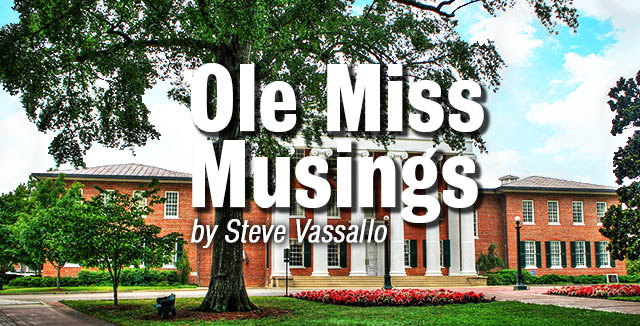
I may have just met the most interesting person that I can ever recall. Starke Miller’s middle name should have been “passionate” as that is the best adjective to describe this most unique individual. His love of history and Ole Miss is in the stratosphere or possibly even higher.
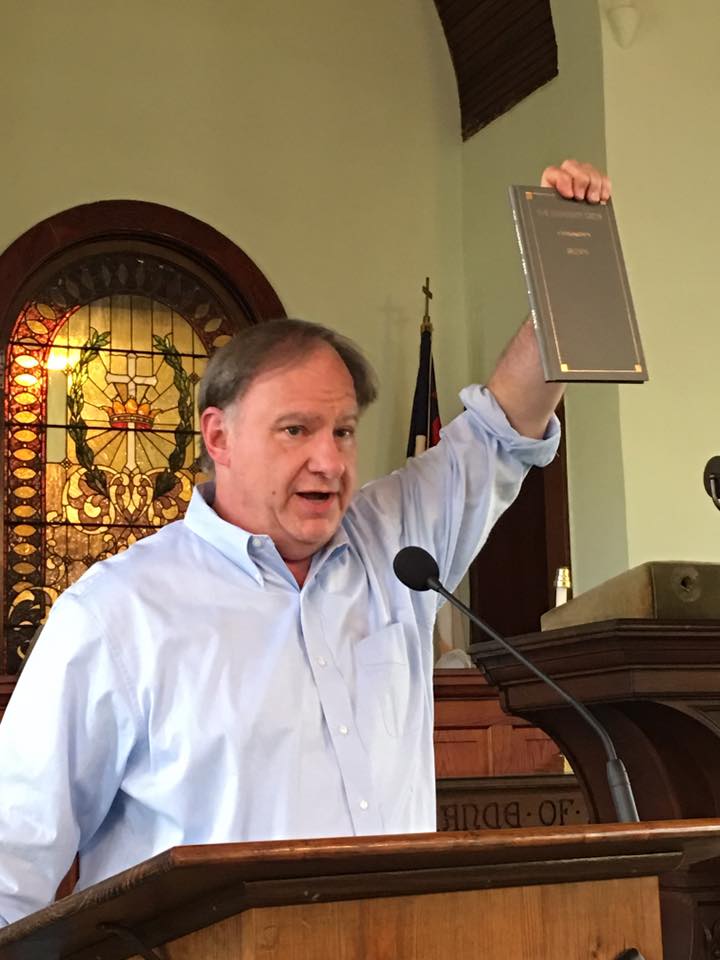
HottyToddy.com: Starke, let’s begin with a brief introduction.
Starke Miller: I am a native Memphian having attended MUS and following, led me to Ole Miss in the late ’70s. I am a devout bachelor who was named after an uncle who also never married.
HottyToddy.com: What got you so enamored with history?
Starke Miller: Actually it all began from attending five consecutive YMCA Camp Pickwicks and the opportunity to tour Shiloh, which I did every year, two to three times annually. I also grew up during the Civil War Centennial years which had a great impact on me.
HottyToddy.com: What was it about Ole Miss that attracted you here?
Starke Miller: My father was a sidewalk fan who followed Johnny Vaught and all of his success. My dad practiced law in Memphis for more than 60 years and swayed our family considerably toward Ole Miss. Also, both of my father’s parents were Mississippians from Coffeeville.
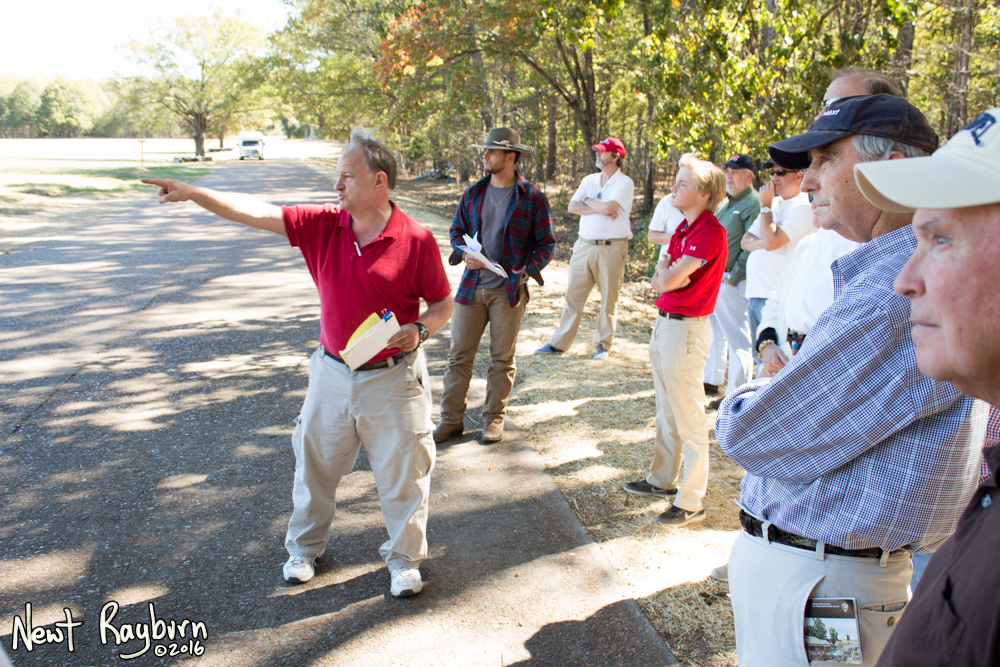
HottyToddy.com: Your personal research into Ole Miss and Oxford’s history now covers 27 years. What triggered this passion?
Starke Miller: In 1990, I was watching a public TV station in Memphis hosted by Ken Burns (Civil War Documentary). Ken had 10 segments on the Civil War. At the tail end of one these segments was a mention of the University Greys at Gettysburg. Soon thereafter, I asked Dr. David Sansing (my Ole Miss History professor and historian) to direct me in starting my research. The deeper I dove into the subject, the hungrier I got for more information and knowledge which has not ended or slowed.
HottyToddy.com: On your tour of campus and Oxford this past week (my head is still spinning), you mentioned the four most likely famous Americans who ever walked into the Lyceum, a subject that I have never thought about. Care to mention these icons?
Starke Miller: We can be reasonably assured that they all entered the building. They include U.S. Grant, William Tecumseh Sherman, Jefferson Davis and Nathan Bedford Forrest.
HottyToddy.com: Wow! Two presidents and two Civil War generals each representing different sides! While we’re on the subject of Ole Miss buildings, what in your opinion is the most famous building on campus?
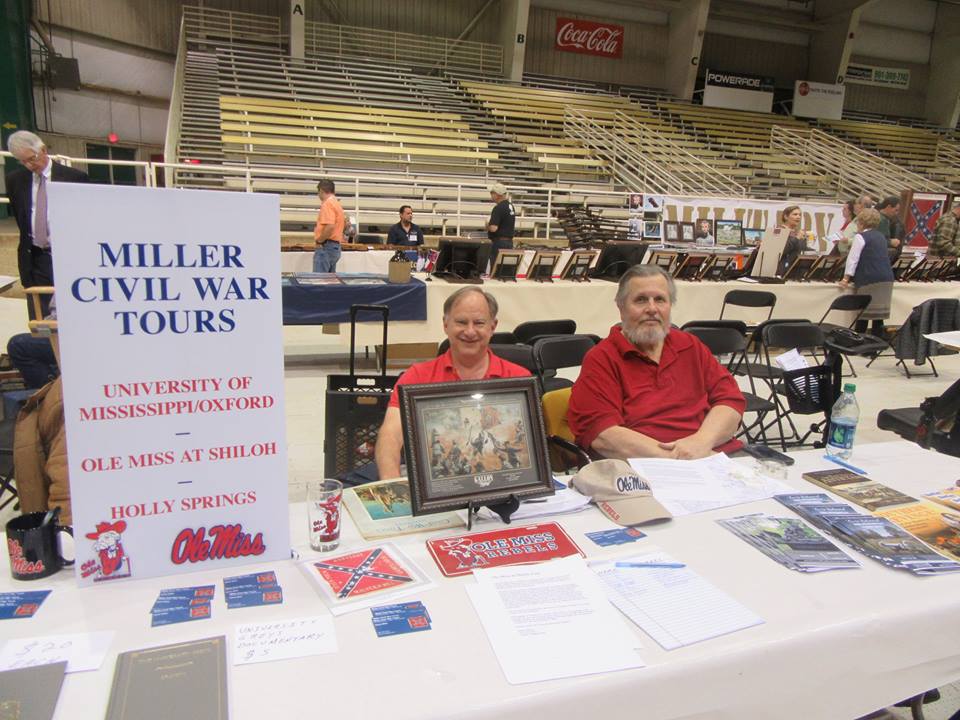
Starke Miller: Definitely the Lyceum. It is the original and was the first school building. It was also used as a hospital during the Civil War and along with Barnard Observatory and the old chapel is the only antebellum building remaining on campus.
HottyToddy.com: Tell us about Barnard Hall.
Starke Miller: The “old” observatory was actually the Chancellor’s residence starting in 1859 and extending more than 100 years. About 1860, Ole Miss ordered (at the time) the largest telescope lens (19 inches) in the country from Alvin Clark in Cambridge, Massachusetts. Because of the war, the lens never reached Oxford, but instead ended up at Northwestern University. Included in our Trustees’ minutes is a notation that the lens would not be paid for until such time that Dr. Barnard (OM Chancellor) looked through it and approved the invoice.
HottyToddy.com: You just cleared up 50 years of rumor and innuendo as I had always believed that Union troops confiscated the telescope from Ole Miss and delivered it to Northwestern with Ole Miss never being compensated. I guess “fake news” has been alive and well for quite some time. What about the old chapel?

Starke Miller: The actual building started out to be the third dormitory on campus with the foundation being laid in 1853. However, the school needed a chapel as “Evidences of Christianity” was a required course. Chapel was also mandatory daily at 6 a.m. Ole Miss also needed a place for graduations which lasted for four days in this era. I estimated that the chapel seated about 700.
HottyToddy.com: This changes my entire image of Ole Miss. Could you then say that The University of Mississippi in its roots began as a Christian school of higher learning?
Starke Miller: The University was not a Christian school of higher learning. They only taught the one course “Evidences of Christianity.” The Board and professors were nearly all Christians and most educators of that era believed rules and Christian morals were of equal importance to any classroom education. Three of the nine professors in 1860-61 were Christian ministers.
HottyToddy.com: Turning back to you for a minute, what are Starke Miller’s goals for the balance of 2017 and 2018?
Starke Miller: I now have enough material in my files to write seven books. I want to start the first of these very soon. As to titles, I am debating between “The Class of 1861” and “The University of Mississippi at Shiloh.”
HottyToddy.com: Do you consider yourself a great historian? (I must confess that I learned more about OM history from being around Starke in just three hours than I have consumed in a lifetime.)
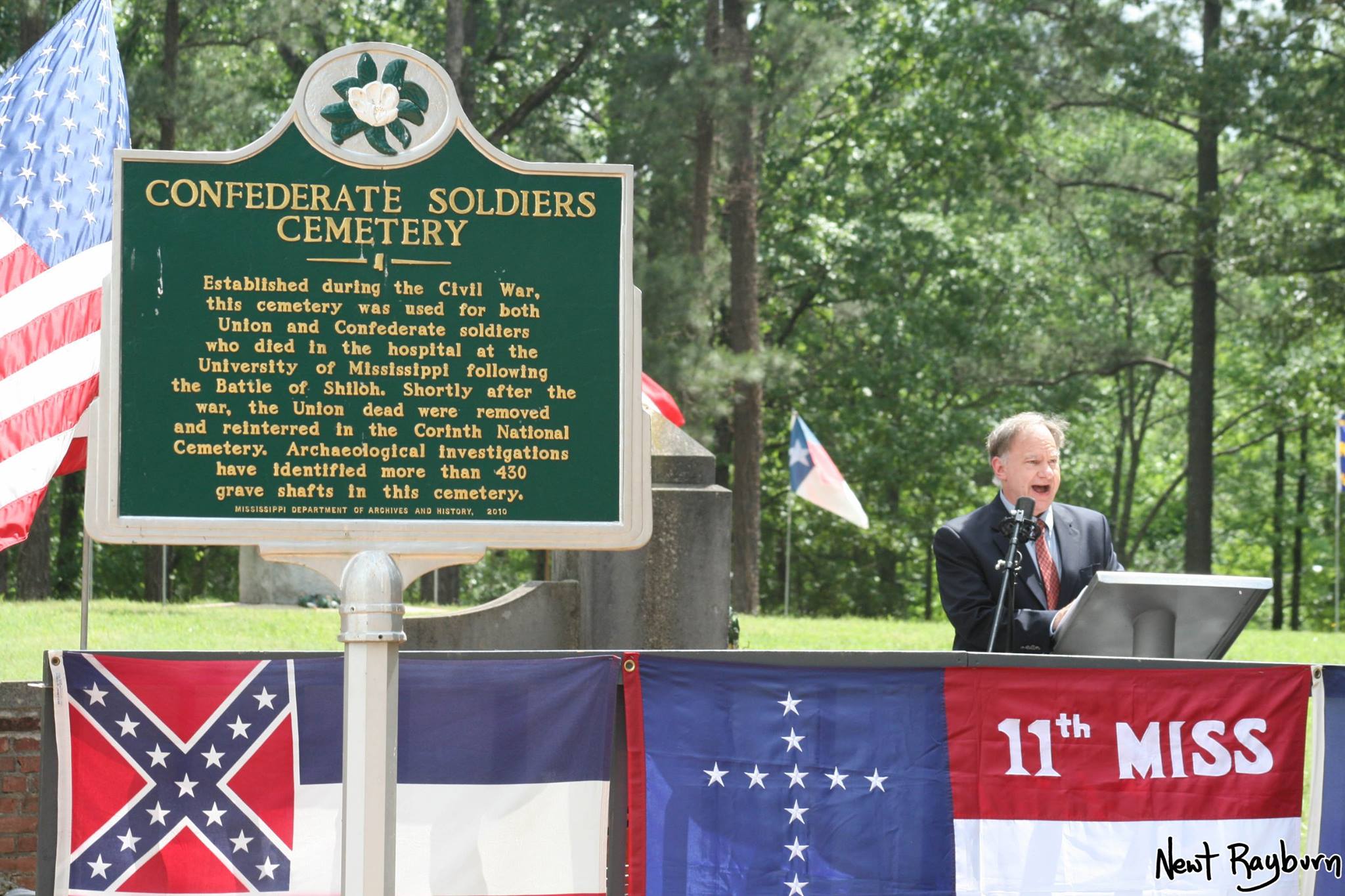
Cemetery on campus.
Starke Miller: (LOL), I am an obsessed amateur historian who is passionate and driven by a love of history and school!
HottyToddy.com: You found “your needle in a haystack” fairly recently when you learned from a friend why Ole Miss was not burned to the ground.
Starke Miller: Two Union captains defied an order from General AJ “Whiskey” Smith on August 22, 1864, when the General was sitting on his horse north of the Square giving the two officers the order to destroy the University. Upon arrival on campus, they encountered two caretakers (professors) who for 30 minutes argued why it was best not to comply with the order. They must have made a compelling argument as they convinced the two captains not to light the match.
HottyToddy.com: For many years after 1848, Ole Miss only admitted men. Is this correct?
Starke Miller: The school year of 1883-84 was the first time young ladies were enrolled, consisting of 11 in this first class. They were housed eventually in Ricks Hall in 1903 (affectionately referred to as “the chicken coop” at the time). Ricks was in the vicinity and close proximity to where Fulton Chapel rests today. Prior to Ricks, they primarily lived in town with families or with the families of professors.

HottyToddy.com: We could never end this discussion and it’s easy to see why we would not want to; however, in the sake of time, share with our readers an interesting tidbit about the Civil War as it relates to both Oxford and Mississippi.
Starke Miller: In Mississippi, at least 43 towns were burned with the cost of the war enormous. Oxford lost five buildings including the entire Square, Courthouse and several homes. Other residences and the First Presbyterian Church were saved by Oxford residents putting out the fires. Around 2,000 residents were here in that period.
*Starke guides tours of Ole Miss and Oxford and has a tremendous personal knowledge of St. Peter’s Cemetery where our interview/discussion concluded. Anyone interested in learning more about our past history should contact Starke directly at either coach1159@aol.com or 901-581-0457. Just have ample time set aside as your questions will be nonstop if I am any indication!
 Steve Vassallo is a HottyToddy.com contributor. Steve writes on Ole Miss athletics, Oxford business, politics and other subjects. He is an Ole Miss grad and former radio announcer for the basketball team. Currently, Steve is a highly successful leader in the real estate business who lives in Oxford with his wife Rosie. You can contact Steve at sovassallo@gmail.com or call him at 985-852-7745.
Steve Vassallo is a HottyToddy.com contributor. Steve writes on Ole Miss athletics, Oxford business, politics and other subjects. He is an Ole Miss grad and former radio announcer for the basketball team. Currently, Steve is a highly successful leader in the real estate business who lives in Oxford with his wife Rosie. You can contact Steve at sovassallo@gmail.com or call him at 985-852-7745.
Follow HottyToddy.com on Instagram, Twitter and Snapchat @hottytoddynews. Like its Facebook page: If You Love Oxford and Ole Miss…
Recent Comments